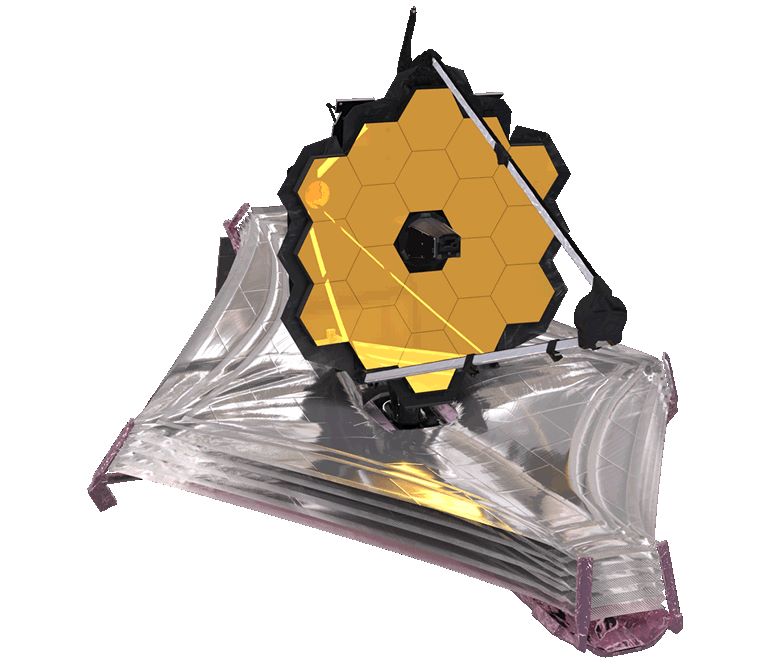James Webb Telescope detects mysterious structures in the center of Milky Way
The U.S. National Aeronautics and Space Administration (NASA) has revealed a captivating new image of the Milky Way captured by the James Webb Space Telescope, providing insights within a region near the core of our home galaxy.
The image showcases in great detail enigmatic needle-like structures, sparking both intrigue and puzzlement among scientists.
Operating as a potent infrared instrument, the James Webb Space Telescope has taken a comprehensive snapshot of Sagittarius C, a central area of the Milky Way known for stellar births, located approximately 300 light years away from the colossal black hole at the galactic center.

Star forming area
The high-resolution image contains approximately 500,000 glittering stars, as well as a cluster of protostars (baby stars) emerging from dense dark clouds of dust and gas.
Alongside the stars, the telescope unveiled delicate wisps, believed to be emissions from ionized hydrogen and depicted as cyan in the image. Typically, these wisps result from massive stars emitting excited photons that ionize surrounding hydrogen gas.
Upon closer examination of these wisps, scientists are confounded by streaky needle-shaped structures dispersed randomly throughout the ionized hydrogen. The nature of these structures remains a mystery, with scientists looking for additional data for further investigation.

Launched in late 2021, with its inaugural images released in 2022, the James Webb Space Telescope (pictured above) aims to explore the earliest periods of the universe, search for exoplanets, examine early galaxies, and chart the process of star formation.
The recently unveiled image not only captivates with its beauty but also holds the potential to enhance our understanding of how stars come into existence, NASA said.
***
It's rare to see someone donating to support a science blog [PayPal: office@rudeana.com, or simple wire transfer IBAN - RO50BTRLEURCRT0490900501, Swift - BTRLRO22, Beneficiary - Rudeana SRL]. If you do so - thank you dear reader. Otherwise you may click on ad banners on our website. Any help makes us hopeful.







